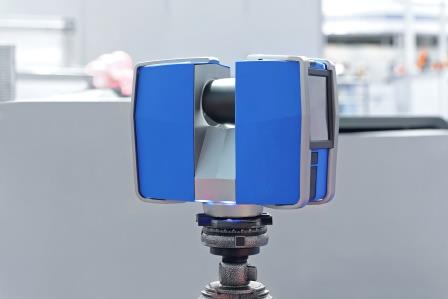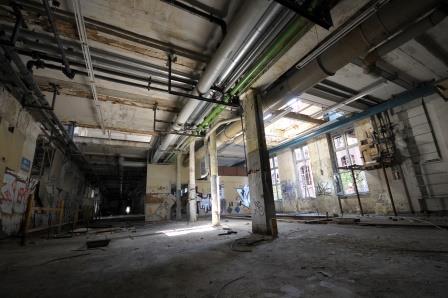

In this Edition
Construction
Management Specialists
111 Pine Street, Suite 1315
San Francisco, CA 94111
(415) 981-9430 (San Francisco office)
6518 Lonetree Blvd., Suite 164
Rocklin, CA 95765
(916) 742-1770 (Sacramento office)
9449 Balboa Avenue, Suite 270
San Diego, CA 92123
(619) 518-5648 (San Diego office)
8538 173rd Avenue NE
Redmond, WA 98052
(206) 571-0128 (Seattle office)
2063 Grant Road
Los Altos, CA 94024
(650) 386-1728 (South Bay office)
7083 Hollywood Blvd., 4th Floor
Los Angeles, CA 90028
(424) 343-2652 (Los Angeles, CA office)
www.TBDconsultants.com
Solar panels have been appearing on roofs all around us. In this article we look at some new ways that PVs are being incorporated into buildings, and what factors are affecting the growth of solar power.
When working on an alteration project, there may be no as-built documents available, but maybe some scans of the original construction drawings, if you are lucky. And no one can guarantee that the dimensions and layout shown on the drawings truly represent what actually got built. If the height of the structural floor slab is an inch or two lower than expected, it can cause a lot of problems if you are trying to squeeze a lot of pipes and ducts through a restricted ceiling space. If a column is not quite where it was shown on the drawings, it can throw off the structural calculations. So, it has always been essential to carry out an on-site survey to verify and correct the old documents. Traditional methods to achieve this have forever been time consuming and expensive.

Then along came 3D laser scanning technology, making the process a lot quicker. Unfortunately, the equipment needed was also very expensive, and required a lot of analysis work on the data. But now the costs have come down substantially, and software is much more integrated, so it is now a relatively straight-forward process to take the scanning data and turn it into a 3D BIM, such as Revit. It can still be a fairly large investment, but it can have a short payback period.
Basic laser scanning technology is used in many things, from scanning bar codes at a supermarket checkout, laser printers, and laser shows, etc. Those types of applications generally involve the use of a moveable mirror to direct the laser beam. Something like a laser scanner needs to operate in two dimensions, and might use two mirrors, moving independently but coordinated. To go to 3D, you need to add a servo-controlled lensing system, so the laser beam can be steered to specific points in a fine grid and the distance measured.
3D laser-scanning is not only used for construction work, of course. If you find yourself in a self-driving car, it will probably be 3D laser scanners that are preventing you playing bumper-cars with the other traffic on the road, and if you take a trip to the International Space Station it is that same technology that will guide you to a safe docking.
The technology is not without its limitations. Lasers are coordinated light beams, so they travel in straight lines and cannot see through solid objects or around corners. Consequently, scanning a room that has its ceiling in place will tell you nothing about the MEP services above the ceiling, and one scan is unlikely to give you all the information you need. You will need to take a number of scans, and the information from them all is imported into software and combined to give a 3D point-cloud, which basically means a cloud or collection of 3D data points. That information can then be imported into Revit or other BIM software. There the solid objects that have been found can be identified, because a laser scanner will not know the difference between a beam and a duct, for instance. But it will have the dimensions exact. There may be dozens of scans needed, and the data for each may reach to 10GB or more, so appropriate computer hardware is needed to store and manipulate the data.

Renovation work and MEP coordination are not the only fields where laser scanning can come into its own. If delicate research or medical equipment is going to be placed on the floor of a building, getting the floor completely level may be a priority, and laser scanning can quickly establish if there are problems or not, before the concrete has set. Monitoring buildings or bridges for subsidence or deflection is another use that the technology is put to, where it plays an important role in risk management and forensic investigation. If portions of the interior construction are going to be prefabricated, then scans of the structure can ensure that the prefabricated components fit just right. Scans of historic structures can ensure that the building can be restored to its original splendor in the event of a natural or man-made disaster. It has also been used to generate virtual walk-throughs of buildings that can be viewed online by potential renters or buyers. Once the technology is there, new uses will constantly be found for it.
The stock markets have been hitting new highs, and the economy has been continuing to grow. Here we look at where we are, and what the prospects appear like for the near future.
Design consultant: Katie Levine of Vallance, Inc.